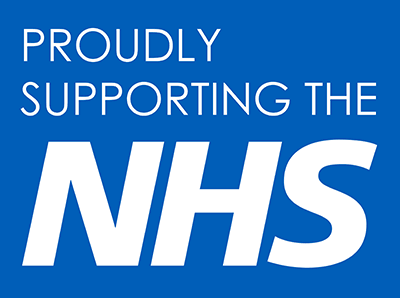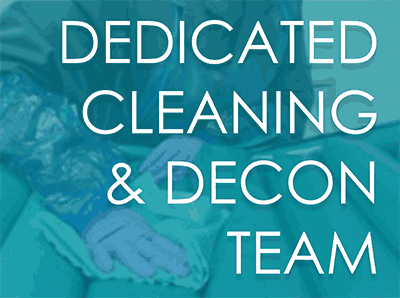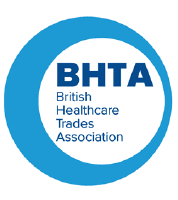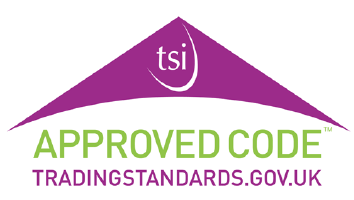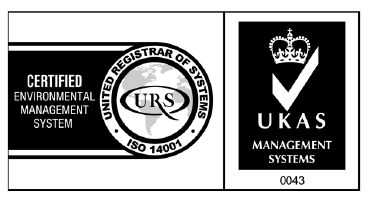A pressure ulcer is a localised injury to the skin and/or underlying tissue that usually develops over a bony prominence as a result of pressure or pressure with shear or friction forces.1
Heels are the second most common area for a pressure sore to develop2 as this area of the body has little subcutaneous fat to offer protection from pressure, friction and shear forces. The risk is further increased by lying in a supine position as this delivers sustained, high pressure over the small contact area of the heel.
Risk Factors
There are a number of specific factors that place the heels at such a high risk:
- Heavy weight of the foot and lower leg when lying down2
- Thin soft tissue padding with little or no muscle2
- Poor blood supply to skin on the heel when lying down3
These in conjunction with the other risk factors (outlined below), associated with all pressure sores regardless of the site of occurrence, therefore raise the risk that a pressure sore will develop on the heels.
- Old age (aged over 70) 4
- Poor nutrition and hydration4
- Underlying health condition (that disrupts blood supply or makes skin more vulnerable to damage) 4
- Incontinence4
- Immobility4
- Sensory deficiency2
- Diabetes2
- Dementia or serious mental health condition4
What can be done?
Assessment: It’s therefore vitally important that heels are regularly checked for pressure ulcers. Using a mirror can aid with getting a proper look at hard-to-see areas, such as the heels and elbows.
Remember: REACT TO RED – if there are any signs of redness immediate action must be taken. Other indicators of a pressure ulcer are temperature changes, swelling or hardness compared to surrounding areas of skin.
The Blanch Test – This can be used if signs of a pressure ulcer are suspected. Lightly press on the red or darkened area with your finger. The area should go white:
- If the area DOES NOT GO WHITE TO BEGIN WITH, then blood flow has been impaired and damage has begun5
- If the areas goes white, remove the pressure and the area should return to red within a few seconds, indicating good blood flow. If the areas STAYS WHITE then blood flow has been impaired and damage has begun5
Repositioning: Ensure the heels are regularly and frequently repositioned.
Elevation: If a patient is at risk then elevate the heel free from the bed – for short periods this can be done by positioning pillows lengthwise from the knee to just above the heel (the full length of the calf). If this is required for longer periods then there a number of suspension devices that offload the heel completely6.
Skin care: Feet should be washed daily and an emollient applied to any dry skin.
Support surface: Ensure at risk patients are on a suitable pressure relieving mattress.
As with all pressure ulcers, remembering the SSKIN acronym, the key elements central to preventing pressure ulcers is important:
S: Skin care
S: Support surface
K: Keep the patient moving
I: Incontinence
N: Nutrition
Bibliography
1 National Pressure Ulcer Advisory Panel (2007) Pressure definition and stages revised by NPUAP [Online]. Available at: http://www.npuap.org/wp-content/uploads/2012/01/NPUAP-Pressure-Ulcer-Stages-Categories.pdf (Accessed 1st June 2017).
2 National Pressure Ulcer Advisory Panel (2014) Heel Pressure Ulcers: 2014 International Pressure Ulcer Prevention & Treatment Guidelines [Online]. Available at http://www.npuap.org/wp-content/uploads/2015/02/4.-Preventing-Treating-Heel-Ulcers-D-Langemo.pdf (Accessed 1st June 2017).
3 Ostomy Wound Management (2008) Practice Recommendations for Preventing Heel Pressure Ulcers [Online]. Available at http://www.o-wm.com/content/practice-recommendations-preventing-heel-pressure-ulcers (Accessed 1st June 2017).
4 NHS Choices (2014) Pressure Ulcers – Causes [Online]. Available at http://www.nhs.uk/Conditions/Pressure-ulcers/Pages/Causes.aspx (Accessed 1st June 2017).
5 React to Red Skin (n.d) React to red Skin [Online]. Available at http://www.reacttoredskin.co.uk/general-public/how-avoid-pressure-ulcer/ (Accessed 7th June 2017).
6 University Hospitals of North Midlands (n.d) Preventing Heel Pressure Ulcers at UHNM [Online]. Available at http://nhs.stopthepressure.co.uk/docs/Preventing%20heel%20pressure%20ulcers%20@uhnm.pdf (Accessed 7th June 2017).
About the author – Ray Booth
Ray Booth is Research & Innovation Director at Select Medical. He has been involved in the pressure care equipment industry for over 20 years, and has created a wide range of well-designed alternating air pressure mattress systems for use in hospital, hospice and community healthcare sectors.

